There are few fighting games with as long and storied histories as Capcom’s sensational Street Fighter series. Every long-running video game franchise has its share of highs and lows, but few come close to matching Street Fighter‘s particular set of peaks and valleys throughout its 35-year history. Street Fighter II is widely regarded as one of the most influential video games of all time, responsible for many fighting game genre staples that are still around today. Street Fighter V, on the other hand, struggled to make a splash when it hit the scene in 2016.
Since the last mainline Street Fighter release, the fighting game genre has been experiencing a bit of a renaissance. Tekken 7 received significantly more exciting post-launch support than its contemporary, Street Fighter V, receiving crossovers from mega franchises like Final Fantasy and The Walking Dead. Arc System Works built one of the greatest anime fighters ever in Dragon Ball FighterZ and propelled the Guilty Gear series to insane new heights with Strive. In addition, Mortal Kombat continues to sell a ton of copies with each new entry, and its upcoming reboot looks set to keep that trend going. On top of all that, Super Smash Bros. Ultimate redefined what a roster could look like.

With the AAA fighting game scene as healthy as it is right now — and that’s not even to mention the indie scene which features fan favorites like Rivals of Aether, Fraymakers, and Your Only Move is Hustle — Street Fighter 6 needs to be a home run from Capcom for this series to recover from its recent stumbles. Thankfully, Street Fighter 6 is not only a fantastic return to form that will appease veterans, but also a surprisingly welcoming avenue into the fighting game community for newcomers.
The World Warrior
If you’ve got FGC friends, then you’ve likely had an experience with someone pushy trying to get you into the scene. “No trust me, just try every character to see who you vibe with,” they might tell you. “Everyone gets bodied at first; it’s part of the experience,” they tease as they use you as a training dummy to practice an annoying long string they saw on Reddit the other day. Street Fighter 6‘s World Tour mode is who that friend thinks they are. It’s one of the greatest tutorials ever made, not because it teaches you how to play Street Fighter, but because it teaches you how to play fighting games.
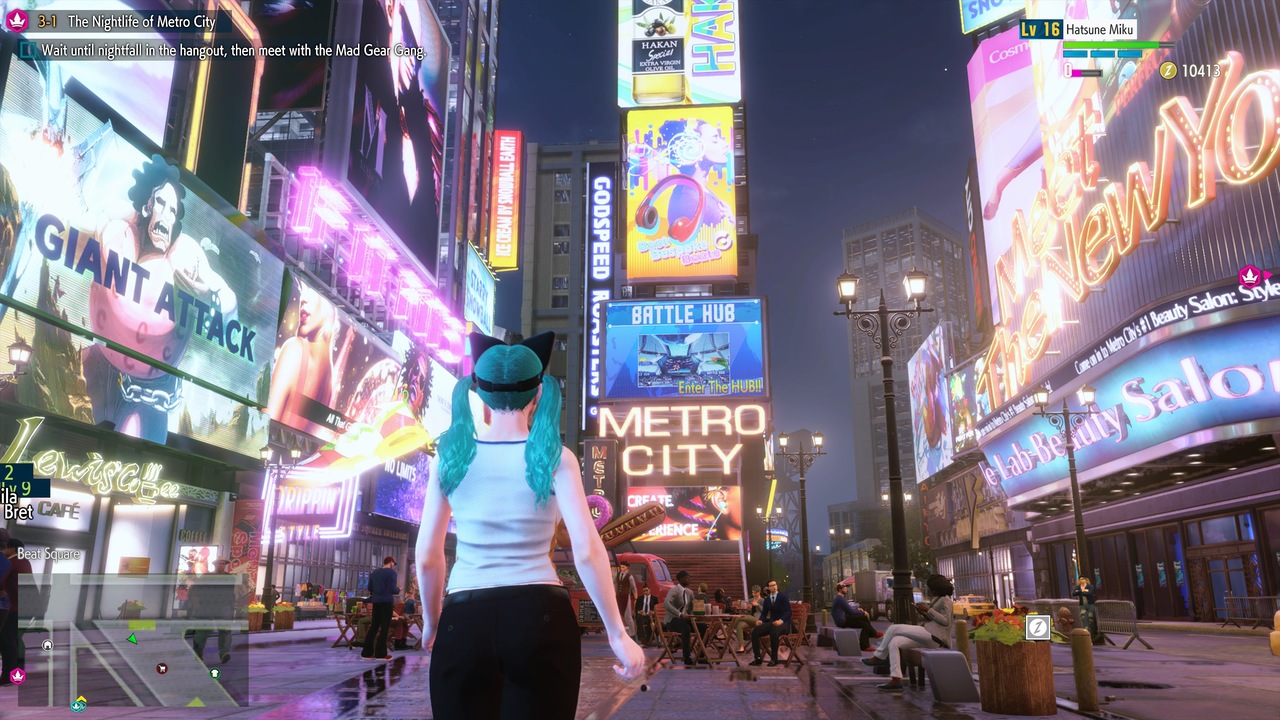
If you’ve ever thought to yourself, “I’d love to try fighting games; I just don’t know how to get into them,” then Street Fighter 6 is your jumping on point. While recent releases like Guilty Gear Strive have incredibly in-depth tutorials that teach you the inner workings of every system, not everyone wants to sit through lame tutorial segments. Game designers have known for years now that the best tutorials are invisible, and Street Fighter 6‘s World Tour mode works in the shadows to teach you how to pick up and learn any fighting game under the sun.
World Tour lets you create a custom avatar and travel the globe to meet Street Fighter icons from the series’ storied history. You’ll start out learning from new poster boy Luke, but before long you’ll link up with everyone on the base Street Fighter 6 roster. Training under each master will let you adopt their basic fighting style, but you can mix and match special moves and supers to make your character your own.

As expected, the story isn’t anything special and mainly serves as an excuse to cram all these characters into your path. The true brilliance of World Tour is how it doles out the moves and masters throughout its runtime. You’ll start with characters like Luke and Chun-Li, some of the most basic options on the Street Fighter roster, and even then you’ll only start out with a limited subset of their special moves. As you meet new masters, you can mix their skills into your style and learn more complex skills from the styles that you actually use.
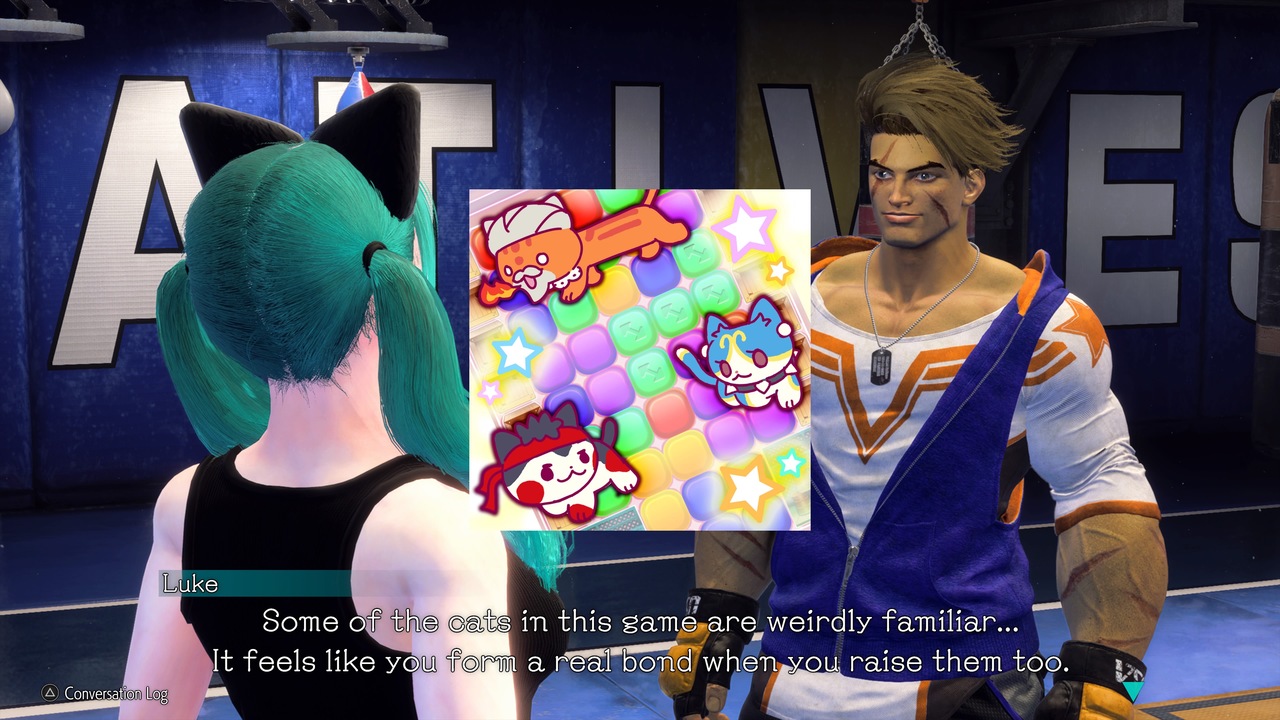
This structure lets newcomers familiarize themselves with the simplest aspects of each character, find what they like, and then unlock deeper, more complex combos and special moves for the characters that actually fit their playstyle. It’s effectively the same as trying the whole roster in training mode but significantly more appealing and way more guided. It’s even better when you realize your kit has some weaknesses and leaves you wishing you just had a move that did this or an ability that countered that, only for a new master to show up with a solution. I learned I might actually want to try Blanka this way!
World Tour also dishes out more complex mechanics over time to reduce the complications that typically scare new players off. You won’t be able to use the new Drive abilities until a few chapters in; the first chapter restricts you to the new Modern control scheme, and you can’t mix and match supers and more complicated abilities until much later in the story.
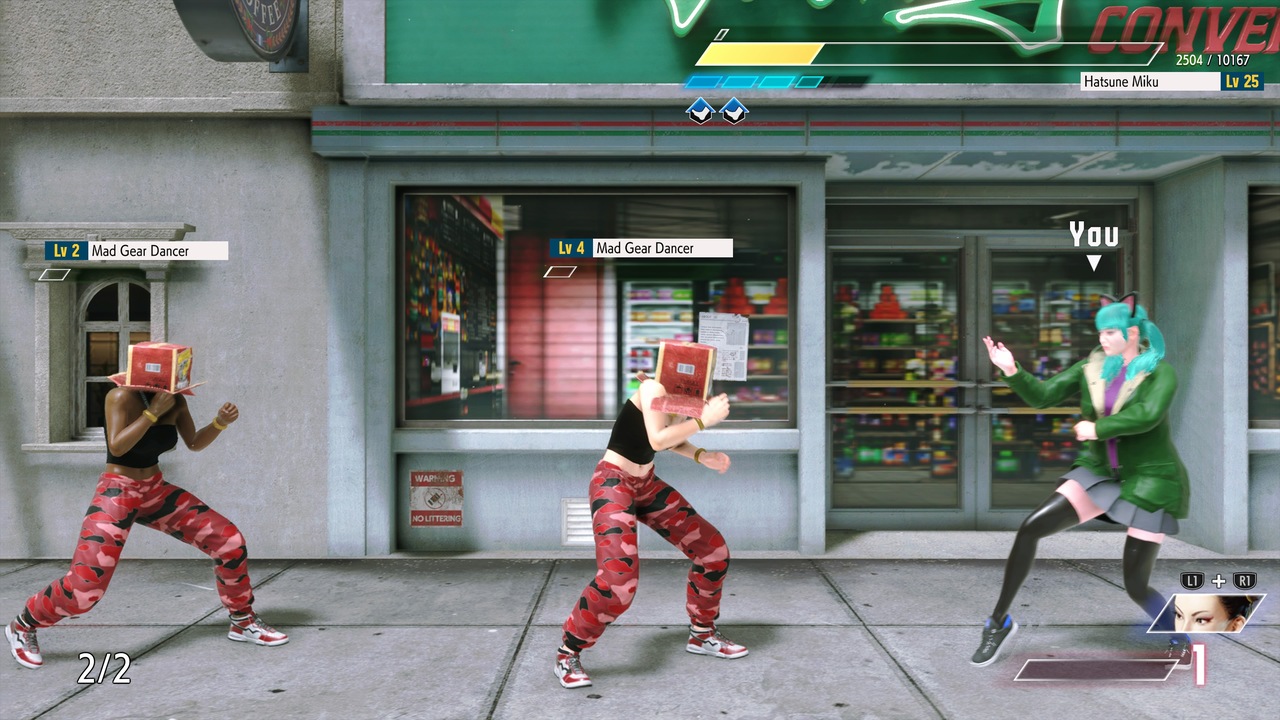
It even gives surprisingly great advice for learning fighting games as a complete newbie, like ignoring combos and only trying to use heavy punches and kicks as a beginner. That way, you can get a feel for openings, timings, footsies, and other fundamentals without worrying about the special sauce that advanced players bring to the table. Most of World Tour’s design decisions are made with newbies in mind, subtly teaching them everything they need to know to go 0-2 at their first local tournament (it’s a rite of passage).
A key example of this is Pressure Time, a stunning effect triggered by attacking foes when they flash bright white. Enemies flash white when they perform slow, lumbering attacks that FGC veterans would immediately recognize as unsafe or suboptimal if just thrown out randomly. However, the AI enemies make these mistakes on purpose, conditioning players to capitalize on these mistakes and leveling up their punish game as a result.
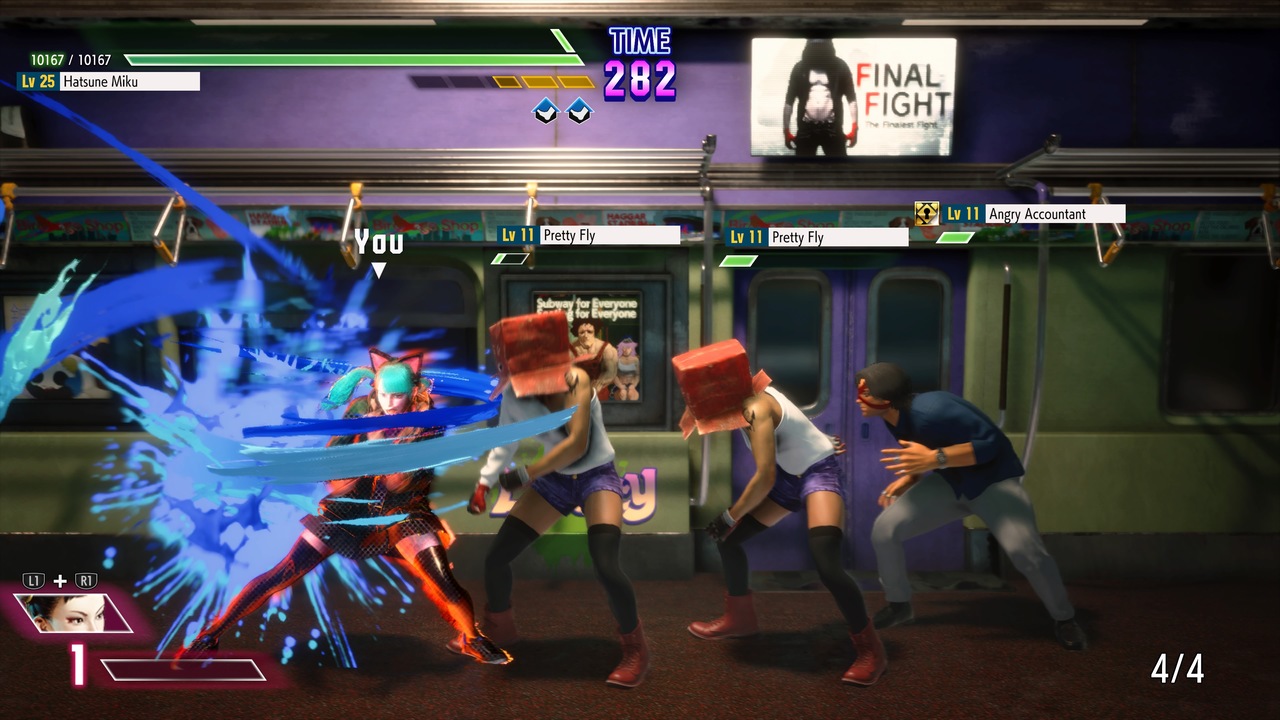
Mixing and matching is the ultimate victory of World Tour mode, however, since it points everyone toward their ideal main. Luke is at the center of a complex web of characters, each with their own strengths and weaknesses. By the time World Tour ends, you’ll have a good idea of how everyone on the roster plays. You’ll have a handful of people in mind for yourself, but you’ll also know the weaknesses of the entire roster since you’ve been messing with their moves for hours via your custom avatar.
While the mode was definitely designed with newcomers in mind, Street Fighter veterans can absolutely get some enjoyment out of it as well. The ability to mix and match each master’s movesets and customize your character with various perks lets you have fun with incredibly unbalanced builds that wouldn’t fly in standard matches. I combined the best of Chun-Li and Cammy while wearing gear that boosted the strength of my kicks and increased the recharge rate of my Drive gauge, for example, letting me make an incredibly cursed kicking build.

Ultimately, World Tour is Street Fighter 6‘s biggest surprise. It’s not just a tutorial for this game, but the genre as a whole. It teaches players how to examine the roster of a fighting game, how to learn fundamentals, and how to add spicy combos and mechanics on top of the basics once they’ve got them under their belt. If you can make it through World Tour, not only will you be able to compete online in Street Fighter 6, but you’ll also be able to pick up other future fighting games if you adopt the same training regiment.
Here Comes a New Challenger
All of these bells and whistles are mounted onto a remarkably solid foundation. Street Fighter 6 is a very simple game to learn, even more so with its new modern control scheme and ample beginner options, but there are endless ways for an experienced player to wipe the floor with the competition and become king of a cabinet online. Plus, the new Drive abilities not only allow for thrilling counterattacks and exhilarating comebacks but also a visual spectacle for spectators as the game enters slow motion and trails of vibrant paint follow each fighter’s moves.
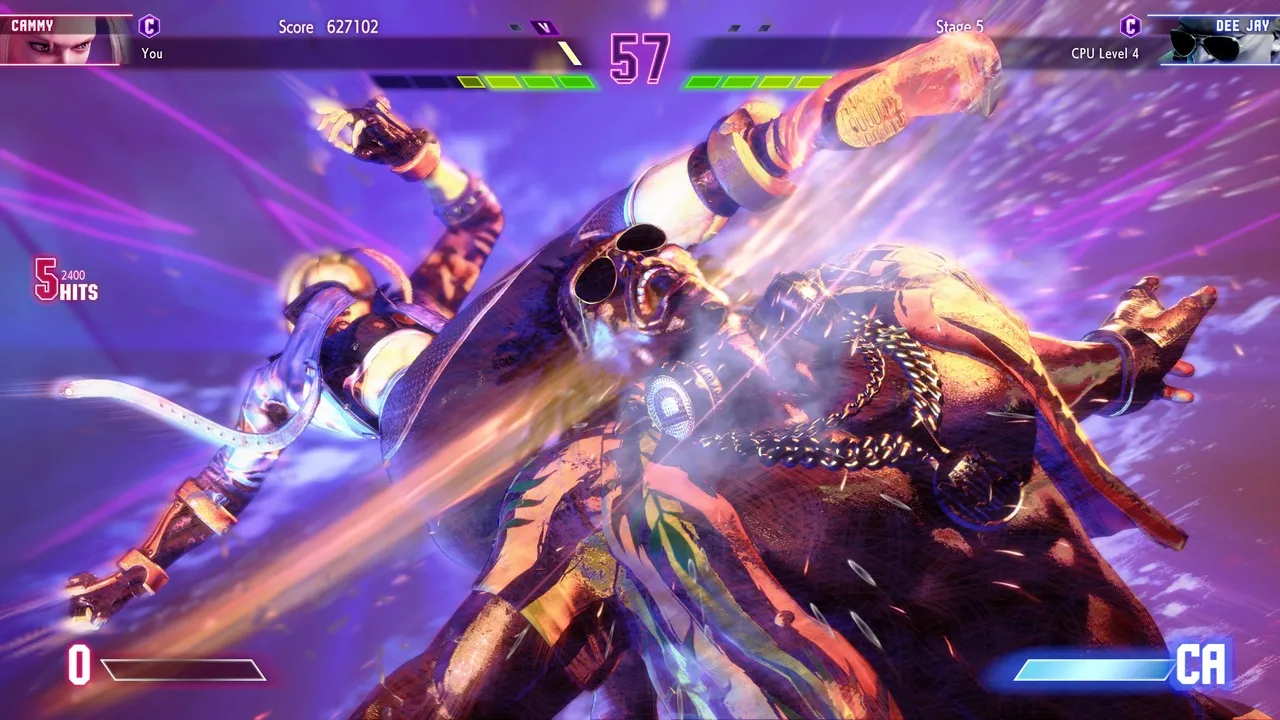
Whether you’re looking to fight for yourself or see the strongest go head to head, the Battle Hub is where you’ll want to be. Serving as the game’s main online space, the Battle Hub is a poster child for all the reasons we love fighting games. It’s the esports arena of your dreams, complete with wall-to-wall cabinets, prize counters, and side events happening around the main event. It crams all the excitement of your local weekly into a digital space with the production value of EVO.
Plenty of fighting games have adopted this digital arcade style of matchmaking, but Street Fighter 6‘s Battle Hub is the best one yet. Rows of alluring cabinets entice you to sit and wait for a challenger or spectate that one person that hasn’t gotten up from their seat in an hour, sending all of their opponents away with their tails between their legs.
Broken win streaks and exciting upsets are paired with lightning bolts of information on the screens surrounding the arena, contributing to the electric atmosphere. It has all the energy of a crowded arcade cabinet with spectators scarfing down pizza and inhaling unhealthy amounts of soda as they slam quarters down to call next. It’s a space for people who love fighting games.
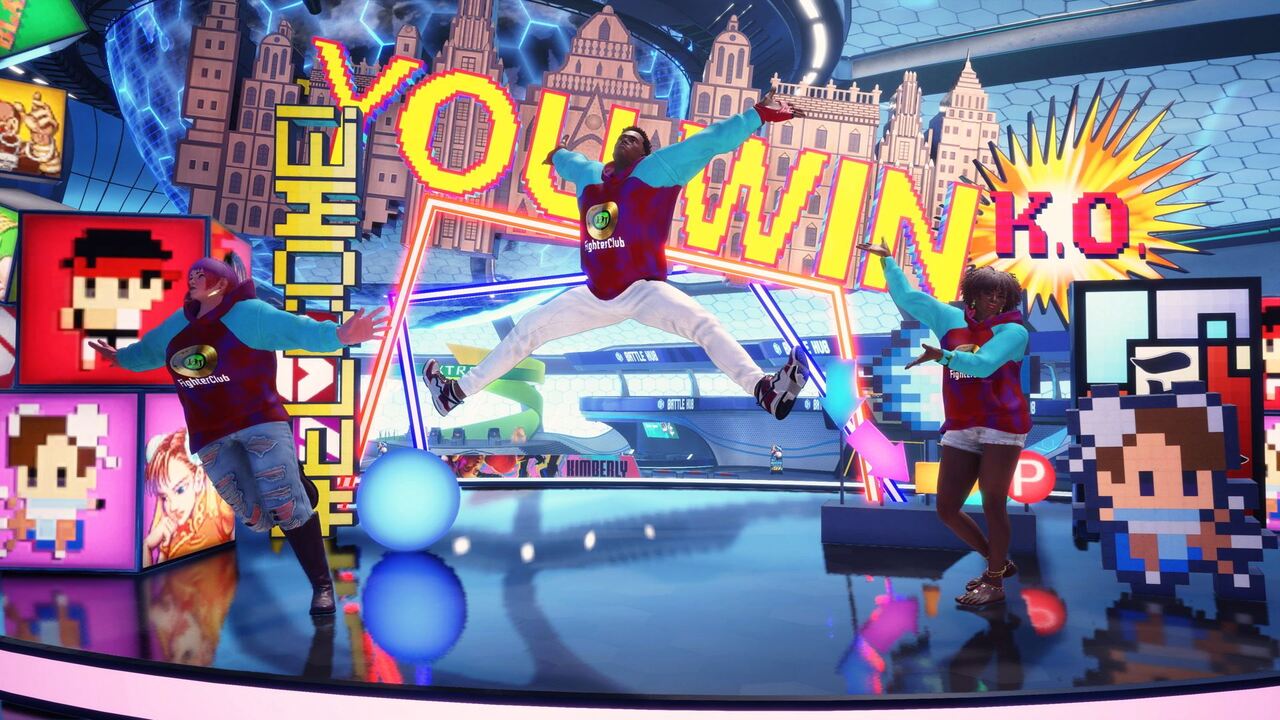
Even if you’re not into the competitive scene, there’s still plenty to do in Street Fighter 6‘s Battle Hub. Most of the matches there are casual in nature anyway, so don’t be afraid to sit down at a cabinet and see what happens. There are also extreme battles on the sidelines that feature various gimmicks and modifiers, channeling Super Smash Bros. with items and all of its signature craziness. Plus, there’s a rotating selection of classic Capcom fighting games like Final Fight and older Street Fighter games that you can enjoy in between matches.
Most importantly, Street Fighter 6 has the signature hallmark of a good fighting game: getting bodied is fun. Whether you’re trying to learn a new character or you’re busting out your Cammy combos after hours of training room exercise, every fight is a lesson to be learned. One player will pick up on a weakness and exploit it. Maybe you’re holding block too often and making yourself susceptible to throws. Maybe you’re jumping in recklessly. Nobody’s perfect.
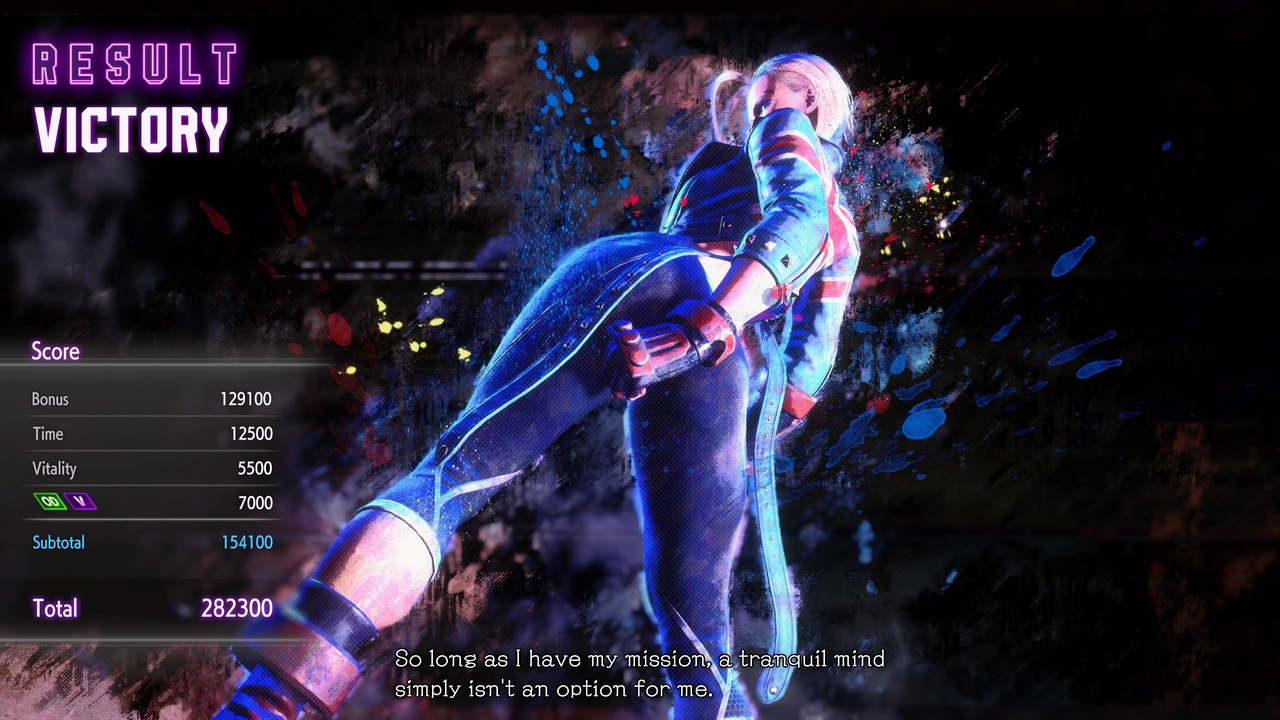
The beauty of Street Fighter 6 — and any good fighting game for that matter — happens after that exploitation. Once you realize you’re being countered, you’ll adjust your game plan to account for it, forcing your opponent to do the same and resulting in an endless cycle of two people trying to one-up each other from round to round. Tactics develop, moves are mastered, and rivalries are forged in the flames.
The highlights of my time with Street Fighter 6 have been getting absolutely destroyed by someone with way more experience than I have. Even if I ended up 0-6 (it was close though), I could feel myself mastering my character just a little bit more with every depletion of my health bar. I never felt I was wasting my time, even when I was hopelessly outmatched. Getting tilted is just part of the process, and the Battle Hub’s public nature just makes comeback stories and hype last hits all the more exciting.
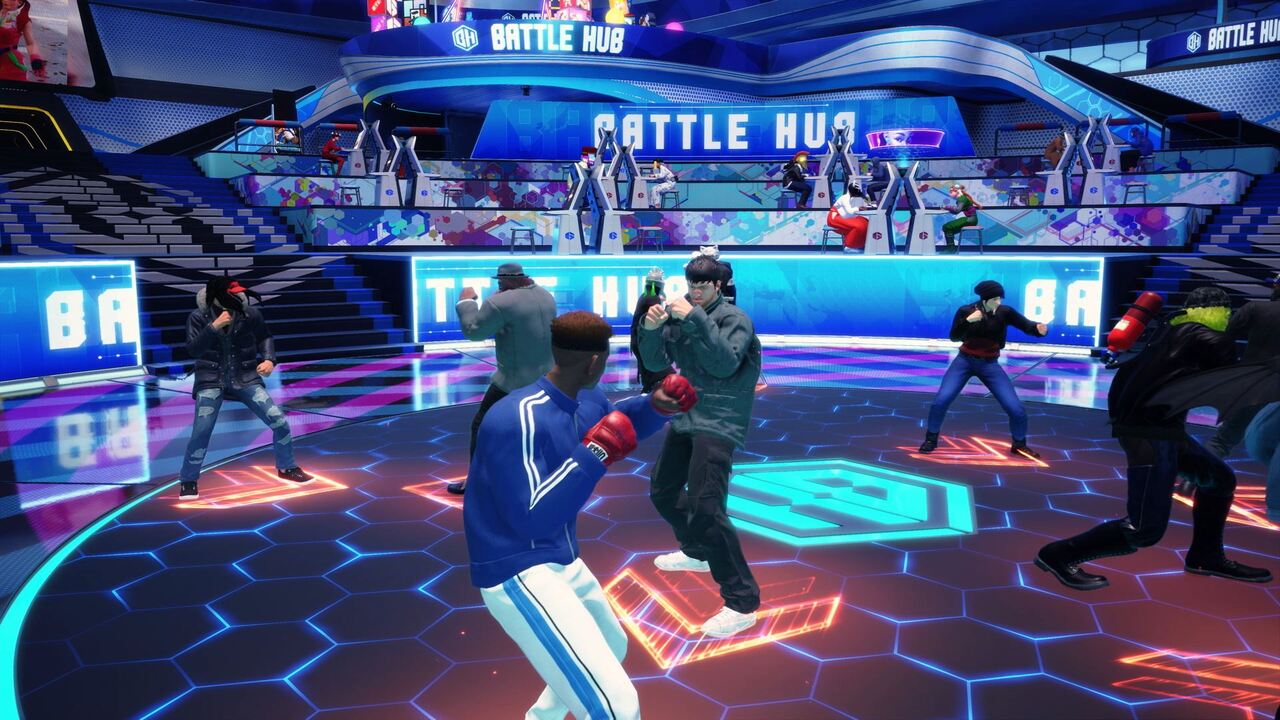
Despite what you may believe, fighting games are the most social games out there. Even in their early days, dozens of people crowded around cabinets to see rivals settle their beef or strange newcomers defeat the resident arcade champion. Street Fighter 6 revels in this. Even in the relatively empty review period with only a handful of people tucked away in the corner of a Battle Hub on a good day, I found myself transported back to the good old days of passing the controller after a loss and erupting into cheers at close matches as I sat on the floor of a friend’s bedroom.
Offline Offerings
Street Fighter V launched with an embarrassingly slim offline feature set, mainly to get the game out of the door in time for the next competitive circuit. The thing is, a fighting game needs offline content to survive. New players almost always dive into offline content first before dipping their toes into the hellscape that is online play, and if there’s nothing more than a training mode that’s designed for veterans, there won’t be any new blood hitting the cabinets at all.

Thankfully, Capcom learned from its mistakes at the launch of Street Fighter V and ensured that this entry had a robust offline offering. In addition to the expansive World Tour mode, there’s the classic arcade mode and plenty of other ways to throw hands without an internet connection. Everything that you’d expect to be there is there, making this the perfect game to throw on at a party and let people come and go to test their mettle as they please.
The Verdict
We’re so back. Street Fighter 6 is a return to form for the series after its previous mainline fumble, cementing Capcom’s long-running fighter as a genre titan. Capcom’s been on a hot streak lately, and this excellent fighting game isn’t doing anything to stop it. Street Fighter 6 feels like a celebration of fighting games as a whole, offering newcomers one of the most in-depth onboarding programs ever seen in the form of the new World Tour mode and showing them what makes the FGC so special in the Battle Hub that awaits them when they’re ready.


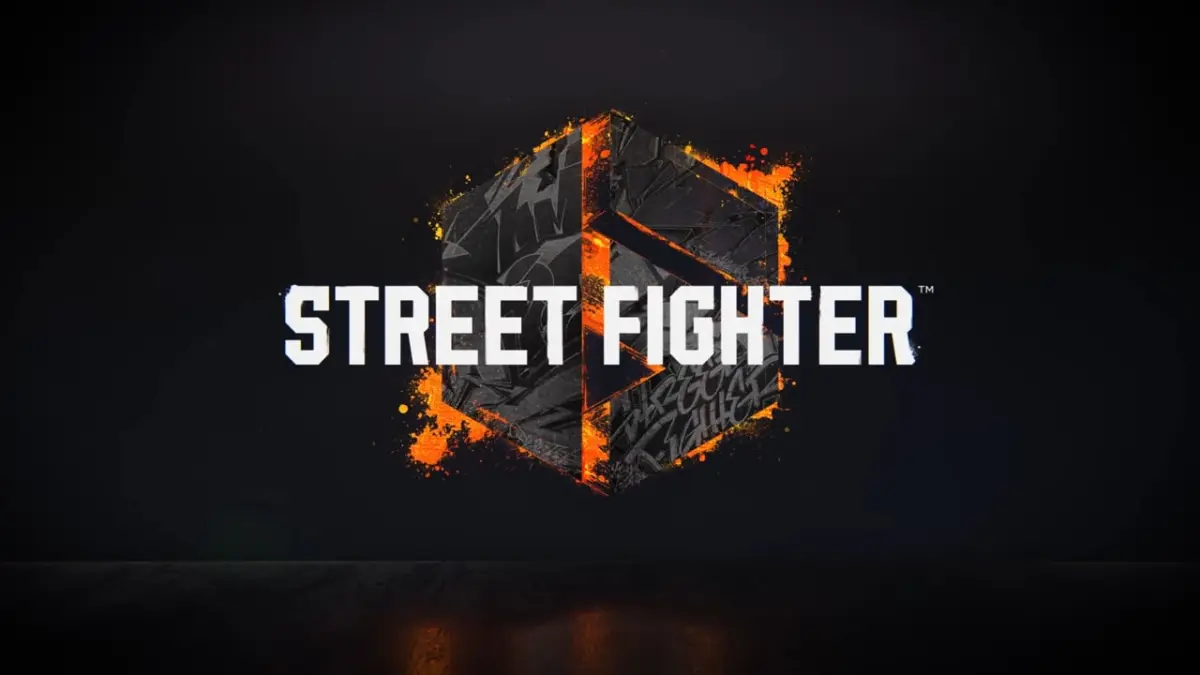









Published: May 30, 2023 02:01 am